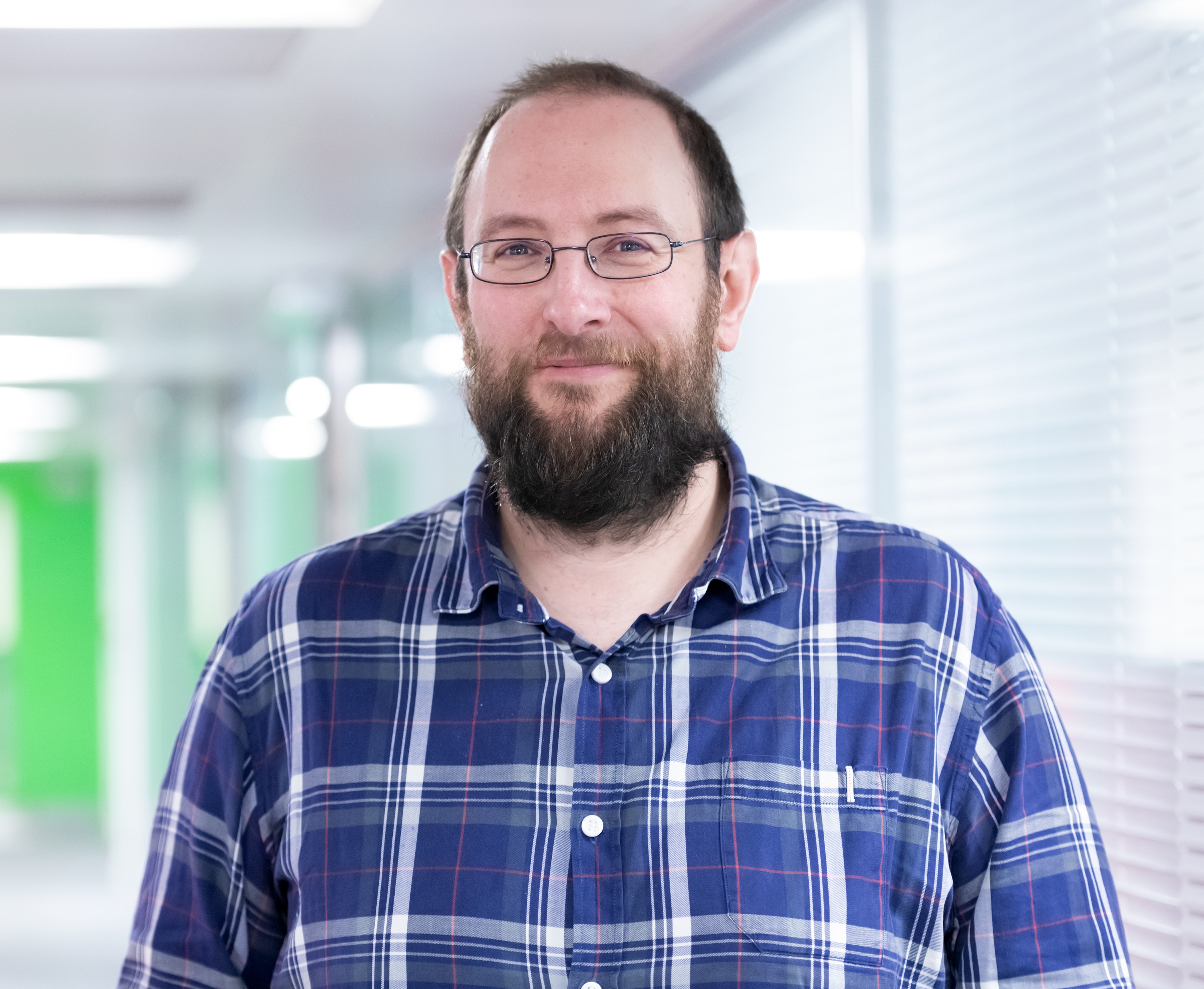
Baptiste Gault
Professor
Group Leader - Max-Planck Institute for Sustainable Materials, Düsseldorf, Germany
& Professor - Imperial College London, UK
Developing cryo-atom probe tomography: no blood (so far), some sweat, many tears
Baptiste’s doctoral research was concerned with the development of the pulsed-laser atom probe and advancing the understanding of the field evaporation mechanisms, with François Vurpillot and Bernard Deconihout as advisors at the CNRS-GPM. He graduated from the University of Rouen in 2006. Over 2007–2009 and 2010–2012, he was atom probe scientist at the University of Sydney. Lying on his desk, on his first day was a letter from Prof. Ringer with a mission statement “Pushing the performance limits of atom probe tomography”. During his time in Sydney, his research focused on advancing reconstruction methodologies and microstructural characterisation of a range of metallic alloys – including Al-, Zr-, Ti- and Fe-based systems. In between, he was a Marie Curie Fellowship and joined the FIM Group at Oxford, on a project focused on using APT to better understand microstructure-performance in thermoelectric materials. After a 6m-stint as Assist. Prof. at McMaster University in 2012, he retired from research – like an elf embarking from the Grey Heavens to find peace in the mythical Valinor – and worked in the publishing industry. Since 2016, Baptiste leads the atom probe group at the Max-Planck-Institut für Eisenforschung, now renamed into the Max Planck Institute for Sustainable Materials. The group’s research interests have covered a wide range of materials systems and topics, from steel to nanoparticles, stress-corrosion cracking to precipitation, hydrogen embrittlement to fossil teeth. There, he has mentored over 70 early-career scientists, including over 15 PhD students to completion.
In this plenary lecture, Baptiste will provide a (personal) perspective on the developments of the cryogenic workflows for atom probe tomography – sometimes abusively maybe referred to as cryo-APT. From the initial motivations to enable facile transfer across instruments for correlative scanning electron microscopy and APT, i.e. as a counterpart to Project TOMO, to the progressive opening of the field of application enabled by these novel and frontier developments – including hydrogen in materials, catalysts, materials for batteries and solid-liquid interfaces. To quote Tolkien a few times, “all that glitter is not gold”, and “It’s a dangerous business […] going out your” way to develop new capabilities for a technique, “you step onto the road, and if you don’t keep your feet, there’s no knowing where you might be swept off to” but most likely out of your direct area of expertise. However, “Don’t adventures ever have an end? I suppose not. Someone else always has to carry on the story”, and together with dozens of colleagues now, they form a fellowship that can keep pushing the performance limits of (cryo-)atom probe tomography.
